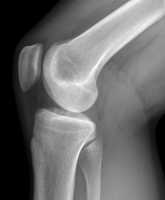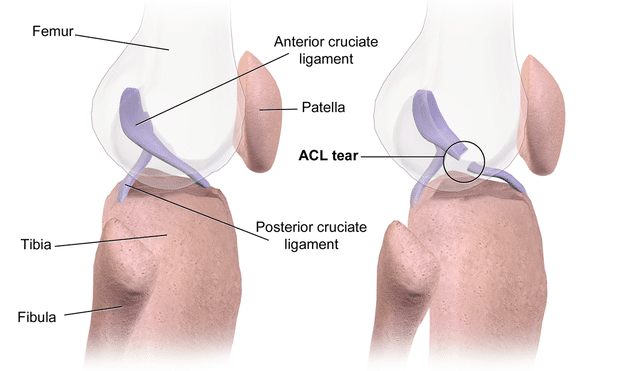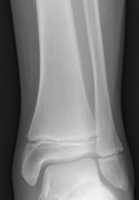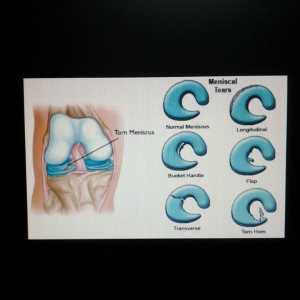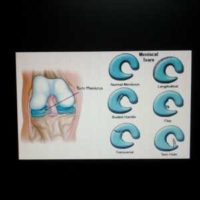MedicalResearch.com Interview with:
Dr. Andrew Spitzer MD
Co-director Joint Replacement Program
Cedars-Sinai Orthopedic Center
Los Angeles, CA
MedicalResearch.com: What is the background for this study? How does this product differ from other steroid injections for inflammatory arthritis?
Dr. Spitzer: Many patients receive repeat injections of intra-articular corticosteroids to manage recurrent osteoarthritis pain and other symptoms. However, in most clinical trials to date, patients only received a single corticosteroid injection, and patients were only followed for 12 to 24 weeks after treatment. For trials that have evaluated repeated injections of corticosteroids over a longer period of time—2 years, for example—injections were administered every 3 months, regardless of the timing of the return of OA symptoms. This is not reflective of what is done in clinical practice, where corticosteroids are administered again in response to the return of pain or a flare of inflammation in the knee. In this study, we used a flexible dosing schedule based on the patients’ symptoms, meaning that patients received the second injection of a recently approved extended-release corticosteroid only when their pain and/or symptoms returned, not before. Safety was monitored for 52 weeks—this length of time should be sufficient to identify any associated side effects, including any potential impact on the knee tissue.
Triamcinolone acetonide extended-release (TA-ER; Zilretta®) was approved in late 2017 as an intra-articular injection for the management of osteoarthritis pain of the knee. The formulation utilizes microspheres which enable a slow release of the active agent (triamcinolone acetonide) into the synovial fluid for 12 weeks following injection. Previously, a Phase 3 study demonstrated safety and efficacy of a single injection of TA-ER (Conaghan PG, et al.
J Bone Joint Surg Am. 2018;100:666-77). This is the first study evaluating the safety and patient response to repeat administration of TA-ER. This study also included patients that were more typical of who we see in the clinic—those who have higher body mass index, more severe disease, and received prior treatments for their osteoarthritis pain.
(more…)

